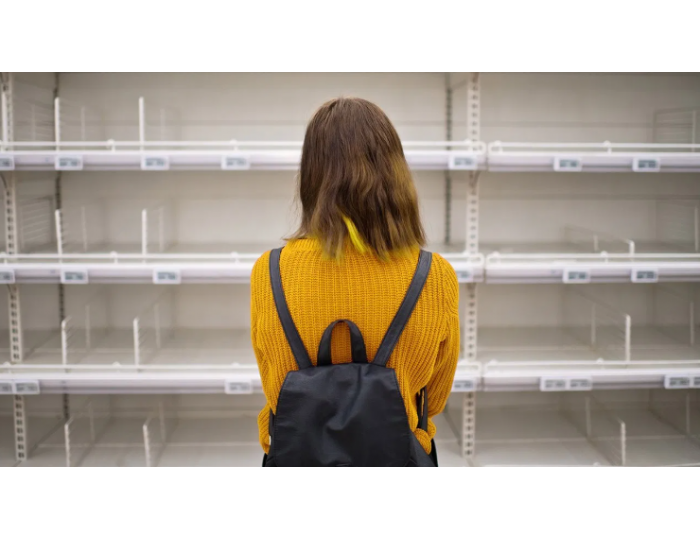What You Can Do If There’s a Shortage of Disinfectants in Your Area

- The COVID-19 pandemic has created a large surge in demand for disinfectant sprays and wipes.
- Manufacturers have struggled to keep up with this increase in demand and are working hard to adjust.
- It will take time for supply and demand to rebalance.
- In the meantime, alternatives — such as handwashing and bleach and alcohol solutions — can help fill the gap.
Consumers looking to buy disinfectant sprays and wipes may be out of luck for a while.
Thanks to the COVID-19 pandemic, we’ve seen a large surge in demand for disinfectants and other cleaning products over the past few months.
In an interview with Healthline, Cliff Welborn, PhD, professor of supply chain management at Middle Tennessee State University, cited statistics from research firm Nielsen indicating that sales of spray disinfectants were up 520 percent over the same time last year.
In addition, sales of multipurpose cleaners were up almost 250 percent.
However, Welborn said manufacturers are having a difficult time keeping up with the rise in demand, leading to shortages for consumers.
Julie Fischer, PhD, associate research professor of microbiology and immunology at Georgetown University, said as long as you have access to soap and water you can do an effective job at eliminating SARS-CoV-2 from your hands.
No special soap is needed, she said. Any bar or liquid soap will work.
Just wash your hands vigorously for 20 seconds.
If you don’t have access to soap and water, hand sanitizers are a good substitute.
With commercial products being in short supply, Fischer noted that many people have turned to making homemade hand sanitizers using either isopropyl alcohol (rubbing alcohol) or ethanol (liquor) mixed with aloe vera.
The important thing to keep in mind with many recipes found on the internet, she said, is making certain they yield the correct concentration of alcohol.
The U.S. Centers for Disease Control and Prevention (CDC)
Many home recipes fall short of these recommendations, Fischer said. You’ll want to double check the math on any recipe you use.
For the disinfection of surfaces within your home, Fischer said diluted household bleach works well.
Make sure it’s household bleach, not a bleach alternative such as color-safe or chlorine-free bleach.
Dilute it using 1/3 cup of bleach per gallon of water (or 4 teaspoons per quart).
Allow the bleach solution to sit on the surface for at least 10 minutes and re-wet if it dries out more quickly than that.
Diluted bleach should be discarded within 24 hours and kept in an opaque container since it degrades and becomes ineffective fairly quickly.
Fischer said a solution containing at least 70 percent alcohol diluted in water is also a good option for disinfecting surfaces.
Use a spray bottle to apply it and leave it on the surface for at least 30 seconds before wiping it away to allow time for it to inactivate the virus.
Fischer cautions that both bleach and alcohol can be drying to your skin, so wear gloves to protect your hands.
Use these disinfectants in well-ventilated areas.
Also, you should use only water to dilute bleach. Other cleaning products may interact with it to release dangerous vapors.
Finally, she added, you should rinse the surfaces afterward with water to remove any remaining residue.
